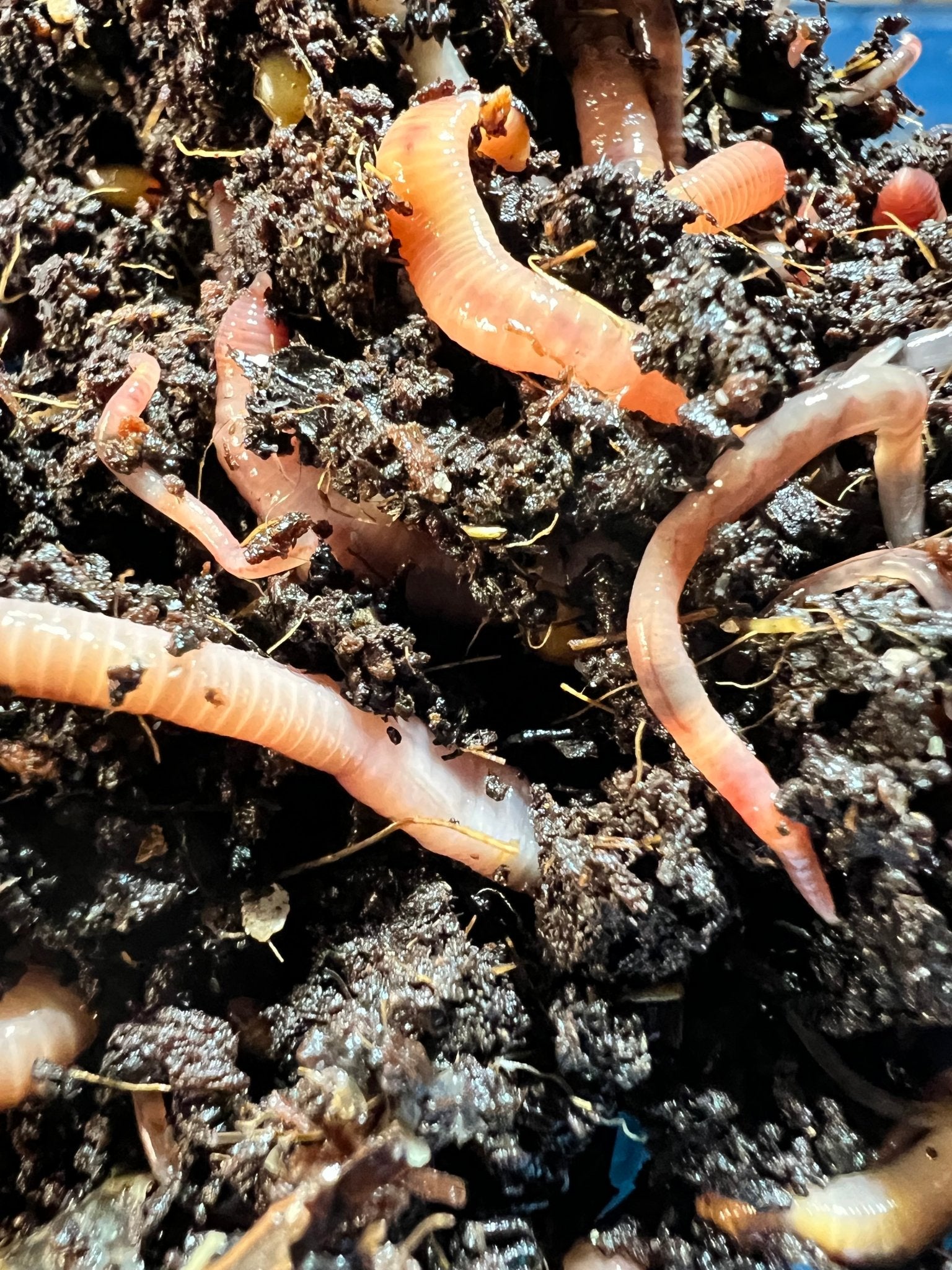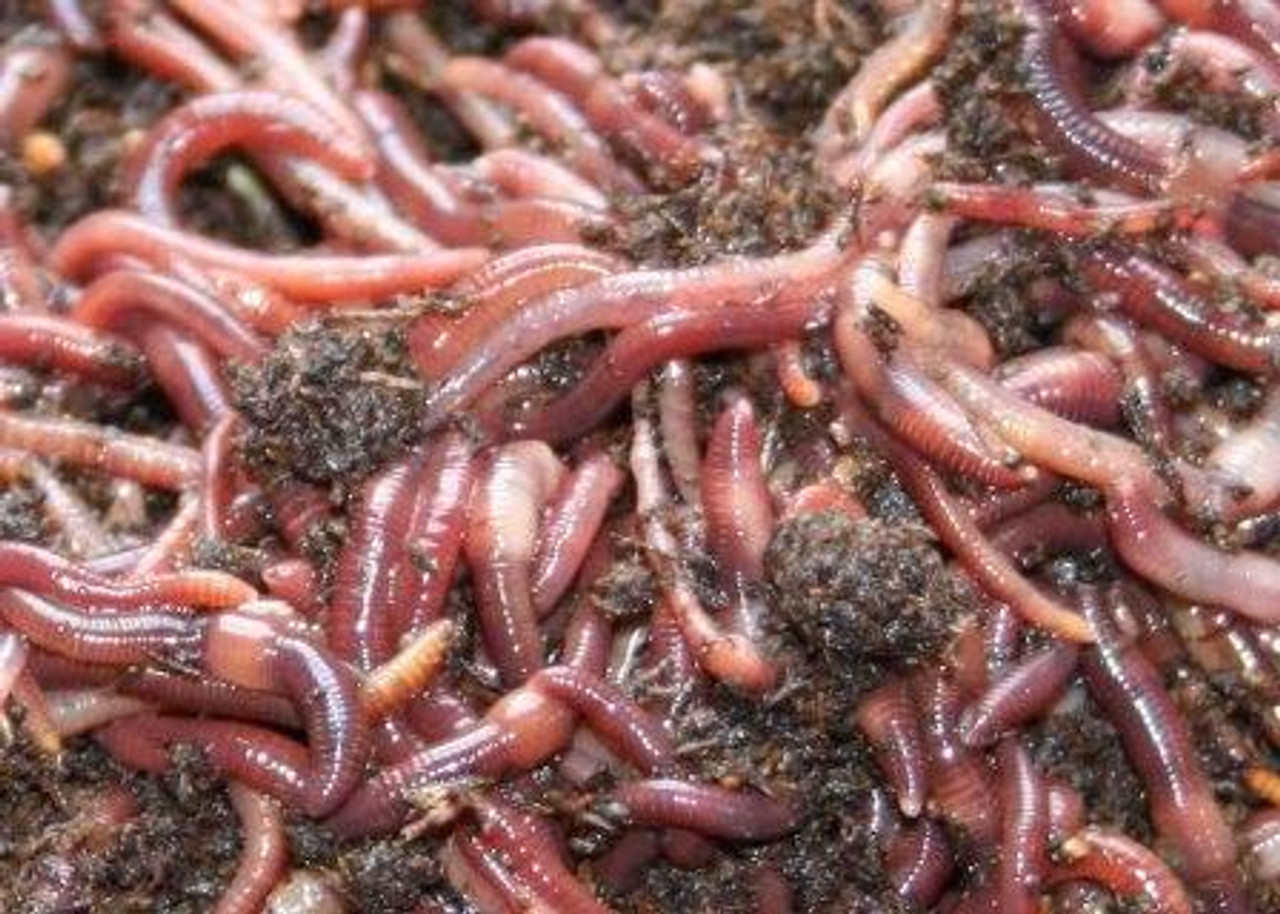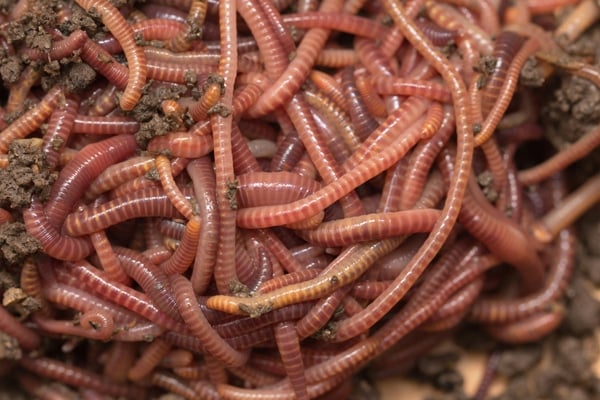Use Lake Hickory Bait for Remarkable Lawn Health and Gorgeous Greens
Use Lake Hickory Bait for Remarkable Lawn Health and Gorgeous Greens
Blog Article
Red Wigglers: The Unsung Heroes of Organic Waste Recycling
Red wigglers, or Eisenia fetida, act as essential agents in the natural waste reusing procedure, transforming discarded materials into valuable vermicompost. Their effective failure of raw material not only enhances dirt high quality however likewise adds to lasting waste administration practices. As the world increasingly looks for remedies to fight waste buildup and enhance farming productivity, understanding the role of these worms ends up being important. What mechanisms allow them to flourish in compost settings, and just how can they be successfully used in both property and industrial settings? Checking out these questions reveals the broader effects of vermicomposting in our ecological landscape.
What Are Red Wigglers?
The impressive durability of red wigglers, clinically recognized as Eisenia fetida, underscores their crucial role in natural waste recycling. These little, reddish-brown earthworms are commonly discovered in decomposing organic issue, such as compost piles and manure stacks. Lake Hickory Bait. Unlike various other earthworm varieties, red wigglers grow in nutrient-rich atmospheres and are extremely efficient at breaking down natural materials, making them important for vermicomposting

(Red Wiggler Express)In enhancement to their duty in waste decrease, red wigglers contribute to soil health by enhancing dirt framework and oygenation through their burrowing tasks (Lake Hickory Bait). Their visibility in composting systems not only enhances disintegration rates but also promotes a sustainable method to throw away monitoring, showing their value in eco-friendly conservation efforts
Benefits of Composting With Worms
Composting with worms, especially red wigglers, supplies countless advantages that boost both waste administration and dirt health and wellness. First, these worms successfully break down natural waste, transforming it right into nutrient-rich vermicompost that improves soil. This process speeds up decomposition, enabling a much faster recycling of cooking area scraps and other organic materials compared to traditional composting approaches.
In addition, the vermicompost created by red wigglers is including helpful bacteria, which aid improve dirt structure, oygenation, and wetness retention. This enhances the total wellness of plants, promoting energetic development and boosted yields in yards and agricultural settings. In addition, using worms in composting minimizes the manufacturing of greenhouse gases, such as methane, adding to an extra lasting waste administration system.

Just How to Start Vermicomposting
Establishing a vermicomposting system is a straightforward process that can generate substantial benefits for both waste administration and dirt enrichment. To begin, choose an appropriate container, such as a plastic bin or wooden box, with appropriate air flow openings to ensure correct airflow. The dimensions should ideally be about 2 feet by 3 feet, enabling sufficient space for the worms to grow.
Following, prepare bed linens material, which can be composed of shredded paper, cardboard, or coconut coir. This bed linens must be dampened to produce an ideal habitat for the worms. When the bedding remains in area, present red wigglers (Eisenia fetida) right into the container, usually around one extra pound of worms for every square foot of surface area.
Complying with the placement of worms, include organic waste, such as fruit and veggie scraps, coffee grounds, and smashed eggshells. With these steps, you will effectively initiate a vermicomposting system that contributes to lasting waste administration and enhances your dirt.
Maintaining a Healthy Worm Bin
(Red Wiggler Express)Maintaining a worm bin thriving calls for regular interest and treatment to make sure the health and wellness of the red wigglers and the efficiency of the composting procedure. Appropriate maintenance begins with keeping track of the dampness levels; the bin needs to be wet however not soaked. A good guideline is to keep a consistency similar to a wrung-out sponge.
Aeration is important too. Carefully blending the bed linens and food scraps every couple of weeks avoids compaction and makes certain that all worms have access to oxygen. Additionally, it is necessary to feed the worms suitably. A well balanced diet of vegetables and fruit scraps, coffee premises, and smashed eggshells must be used in moderation to avoid overfeeding, which can bring about smells and insects.
Temperature level law is another crucial facet. Red wigglers prosper in a range of 55 to 77 degrees Fahrenheit. If the container becomes as well warm or chilly, the worms may become stressed out - Lake Hickory Bait. Regularly inspect for indicators of wellness, such as worm population growth and the visibility of healthy and balanced spreadings. By diligently managing these elements, one can maintain a durable and efficient worm bin.
Effect On Lasting Living
The effective upkeep of a worm container not only benefits the health and wellness you could try this out of red wigglers however also contributes substantially to lasting living techniques. By recycling organic waste, such as kitchen scraps and backyard debris, red wigglers assist divert considerable quantities of material from garbage dumps. This decrease in waste not only reduces greenhouse gas emissions but additionally minimizes the ecological problem related to waste administration.
Moreover, the spreadings generated by red wigglers act as a nutrient-rich organic plant food, enhancing soil wellness and promoting plant development. This natural choice to chemical plant foods supports lasting agriculture and horticulture techniques, minimizing reliance on artificial inputs that can hurt communities. Furthermore, worm composting cultivates recognition of waste monitoring, encouraging individuals and communities to embrace even more sustainable practices.

Final Thought
In summary, red wigglers serve as essential factors to natural waste recycling through their reliable disintegration of organic products. Their capability to produce nutrient-rich vermicompost enhances dirt wellness and supports sustainable agricultural techniques. By integrating vermicomposting into waste management methods, people and communities can considerably reduce waste while advertising environmental sustainability. The function of Eisenia fetida in cultivating healthy communities highlights the relevance of these organisms in achieving sustainable living and boosting soil fertility.
Report this page